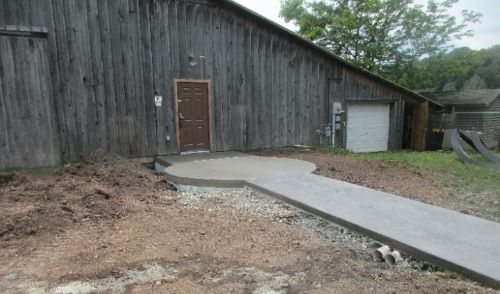Heritage Village Silo History
Heritage Village Silo History
The Heritage Village and Farm Museum Silo is located at the north end of the Farm Museum building.
The newest exhibit at the Heritage Village and Farm Museum in Troy and has been donated by Pauline Swingle. It was toppled and deconstructed at a farm in Alba, Pennsylvania. This was a wooden silo with metal staves and all the pieces were inspected, treated and brought to the Farm Museum until volunteers could reconstruct it. The greatest threat to wooden silos are rot and fire. The Heritage Village and Farm Museum began working on the Silo in September and it progressed until the holiday season. The final stage of putting the roof and building a silo room and chute were entrusted to Roy Mast and family. Yet to be completed is the new door, painting and the inside exhibit.
In the 1870’s, Silos were built of wood or stone and were partially dug into the ground. The word Silo comes from the Latin word silus meaning cellar. Ensilage is the word used to describe the process of making and storing green fodder into winter feed for livestock. Silos were once a symbol of a prosperous dairy farm. In 1882 there were only 91 in the United States. By 1895 there were over 50,000 seen across the American landscape.
For those who wanted a material other than wood, fieldstone, brick, and clay tile were other options, although they all required the skills of a mason. Galvanized metal also provided an alternative. It was concrete, however, that revolutionized tower silo building in the twentieth century. Round silos could be built out of curved concrete block, poured in place to create a monolithic concrete structure, or composed of precast vertical concrete staves held in place by metal hoops similar to those used on wooden stave silos. Today farmers continue to use tower silos, usually of concrete or fiberglass and metal panels









